Home>Furniture & Design>Bathroom Accessories>Why Does My Toothbrush Get Hard
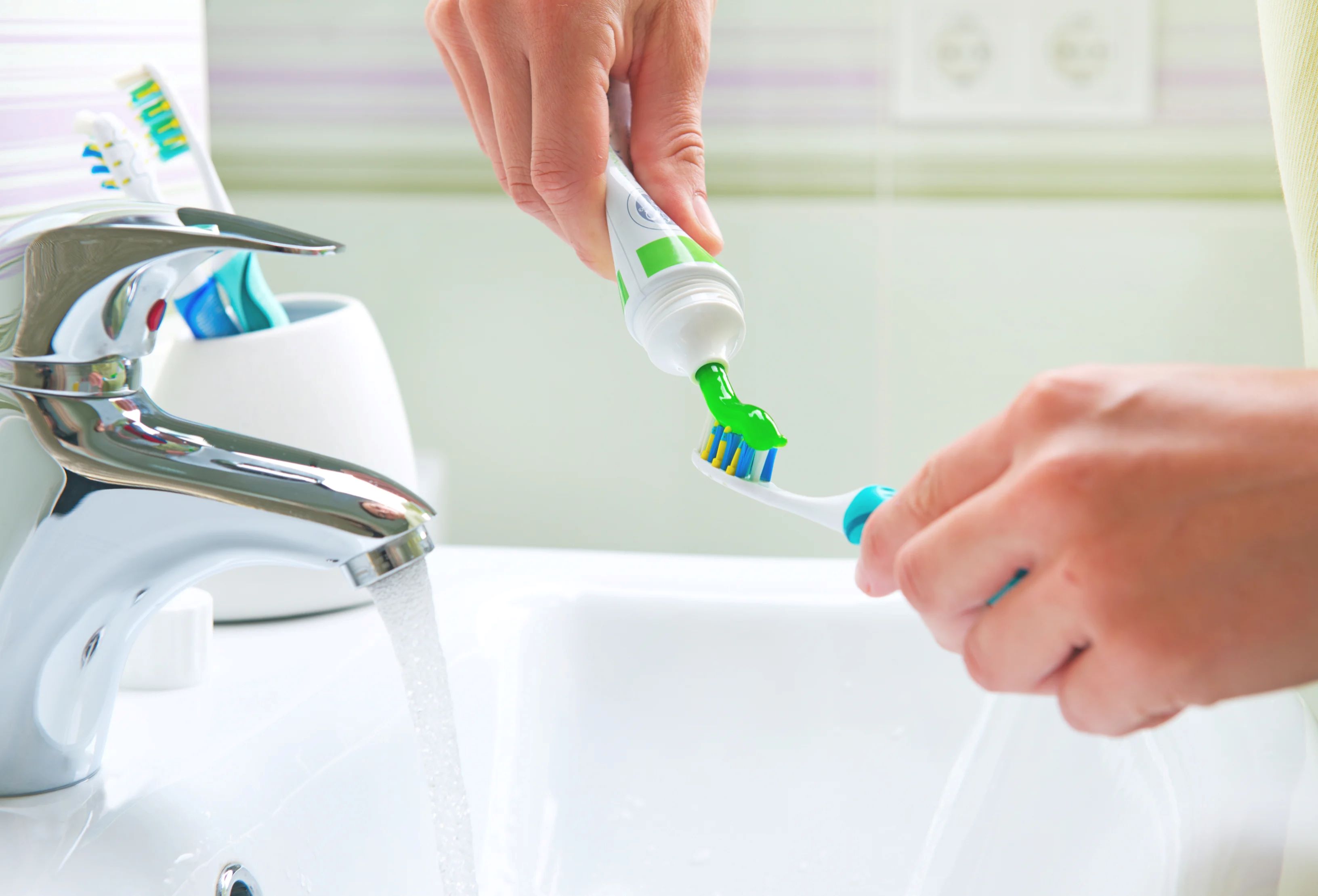

Bathroom Accessories
Why Does My Toothbrush Get Hard
Published: February 11, 2024
Discover why your toothbrush gets hard and how to prevent it with our top bathroom accessories. Keep your toothbrush clean and fresh for longer!
(Many of the links in this article redirect to a specific reviewed product. Your purchase of these products through affiliate links helps to generate commission for Storables.com, at no extra cost. Learn more)
Introduction
Have you ever noticed that your toothbrush bristles seem to get hard and frayed over time, making it less effective at cleaning your teeth? It's a common issue that many people encounter, but have you ever wondered why it happens? Understanding the reasons behind this phenomenon can help you take better care of your toothbrush and maintain good oral hygiene.
In this article, we'll delve into the science behind toothbrush hardening, explore the common causes of this issue, and provide practical tips on how to prevent it. By the end, you'll have a clearer understanding of why your toothbrush bristles may become hard and how you can prolong the life of your toothbrush for optimal dental care. So, let's embark on this enlightening journey to uncover the mysteries of toothbrush hardening and discover effective solutions to keep your toothbrush in top condition.
Key Takeaways:
- Say goodbye to hard toothbrush bristles! Moisture, air, and chemicals can make your toothbrush stiff. Remember to store it properly, replace it regularly, and brush gently to keep your teeth clean and healthy.
- Keep your toothbrush soft and effective! Prevent hardening by drying it completely, using gentle brushing techniques, and avoiding harsh chemicals. With proper care, your toothbrush can maintain its quality for longer.
Read more: Why Does My Sonicare Toothbrush Beep
The Science Behind Toothbrush Hardening
The phenomenon of toothbrush hardening is rooted in the composition of the bristles and the environmental factors that impact their structure over time. Understanding the science behind this process can shed light on why toothbrushes lose their original softness and flexibility.
Toothbrush bristles are commonly made from nylon, a durable and resilient material that can effectively remove plaque and debris from the teeth and gums. However, exposure to moisture, air, and oral care products can lead to changes in the physical properties of the nylon bristles. Over time, these external factors can cause the bristles to lose their elasticity and become stiff and brittle.
One of the key contributors to toothbrush hardening is the absorption of water by the nylon bristles. When a toothbrush is used for brushing, the bristles come into contact with water and toothpaste, leading to the absorption of moisture. As the bristles dry after each use, the absorbed water evaporates, causing the bristles to undergo repeated cycles of expansion and contraction. This process can gradually weaken the molecular structure of the nylon, leading to a loss of flexibility and an increase in stiffness.
Additionally, exposure to air and environmental humidity can further exacerbate the hardening of toothbrush bristles. Oxygen in the air can react with the nylon molecules, leading to oxidation and degradation of the bristle material. This chemical process can contribute to the stiffening of the bristles, making them less effective at reaching and cleaning hard-to-reach areas in the mouth.
Furthermore, the use of certain oral care products, such as mouthwash and whitening agents, can introduce chemicals that may interact with the nylon bristles, altering their physical properties and contributing to hardening over time.
In summary, the science behind toothbrush hardening is a complex interplay of moisture absorption, environmental factors, and chemical processes that impact the molecular structure of the nylon bristles. By understanding these underlying mechanisms, individuals can take proactive steps to mitigate the effects of toothbrush hardening and prolong the effectiveness of their oral hygiene tools.
Common Causes of Toothbrush Hardening
The hardening of toothbrush bristles can be attributed to various factors that affect the physical properties of the bristle material. Understanding these common causes is essential for identifying potential sources of toothbrush hardening and taking preventive measures to maintain the quality of your oral care tool.
-
Moisture Absorption: One of the primary culprits behind toothbrush hardening is the absorption of moisture by the nylon bristles. When a toothbrush is used for brushing, the bristles come into contact with water and toothpaste, leading to the uptake of moisture. As the bristles dry after each use, the absorbed water evaporates, causing the bristles to undergo repeated cycles of expansion and contraction. This process can gradually weaken the molecular structure of the nylon, leading to a loss of flexibility and an increase in stiffness.
-
Exposure to Air and Humidity: Toothbrushes are often stored in bathrooms, where they are exposed to ambient air and humidity. Oxygen in the air can react with the nylon molecules, leading to oxidation and degradation of the bristle material. This chemical process can contribute to the stiffening of the bristles, making them less effective at maintaining their original softness and flexibility.
-
Chemical Interactions: The use of certain oral care products, such as mouthwash and whitening agents, can introduce chemicals that may interact with the nylon bristles. These interactions can alter the physical properties of the bristles, contributing to hardening over time. Additionally, exposure to fluoride-containing toothpaste can also impact the bristle material, potentially leading to changes in texture and stiffness.
-
Age and Wear: Over time, the continuous use of a toothbrush can lead to natural wear and tear of the bristles. As the bristles are subjected to mechanical forces during brushing, they may gradually lose their original softness and resilience, resulting in increased stiffness and reduced effectiveness in cleaning the teeth and gums.
-
Improper Storage: Inadequate storage of toothbrushes, such as leaving them in a damp environment or in close proximity to sources of heat, can accelerate the hardening of bristles. Proper ventilation and allowing the toothbrush to air dry between uses can help mitigate the impact of moisture and humidity on the bristle material.
By being aware of these common causes of toothbrush hardening, individuals can take proactive steps to minimize the effects of these factors and preserve the quality of their toothbrushes. Implementing proper storage practices, using gentle brushing techniques, and being mindful of the oral care products used can contribute to prolonging the lifespan of toothbrush bristles and ensuring optimal oral hygiene maintenance.
To prevent your toothbrush from getting hard, make sure to rinse it thoroughly after each use and store it in an upright position to allow it to air dry completely. This will help prevent the growth of bacteria and the hardening of the bristles.
How to Prevent Toothbrush Hardening
Preventing toothbrush hardening involves implementing proactive measures to mitigate the factors that contribute to the deterioration of bristle quality. By adopting the following preventive strategies, individuals can prolong the effectiveness of their toothbrushes and maintain optimal oral hygiene.
-
Proper Storage: After each use, thoroughly rinse the toothbrush under running water to remove any residual toothpaste and debris. Ensure that the toothbrush is stored in an upright position in a well-ventilated area to allow for efficient air drying. Avoid covering the toothbrush with a cap or container immediately after use, as this can trap moisture and promote the growth of bacteria and mold.
-
Replace Regularly: Monitor the condition of the toothbrush bristles and replace the toothbrush every three to four months, or sooner if the bristles show signs of wear or fraying. Regular replacement ensures that the bristles maintain their optimal flexibility and cleaning efficacy, reducing the likelihood of hardening over time.
-
Gentle Brushing Technique: Practice gentle and thorough brushing techniques to minimize excessive wear and tear on the bristles. Avoid applying excessive force during brushing, as this can accelerate the deterioration of the bristle material. Instead, use gentle, circular motions to effectively clean the teeth and gums without subjecting the bristles to undue stress.
-
Dry Completely: After rinsing the toothbrush, shake off any excess water and allow the bristles to air dry completely before storing the toothbrush. Ensuring thorough drying between uses helps prevent the accumulation of moisture, reducing the likelihood of bristle hardening due to repeated cycles of moisture absorption and evaporation.
-
Avoid Harsh Chemicals: Be mindful of the oral care products used in conjunction with the toothbrush. Avoid prolonged exposure to mouthwash or whitening agents that may contain chemicals that can interact with the bristle material. Opt for gentle, fluoride-containing toothpaste and minimize the use of abrasive oral care products that may impact the texture and resilience of the bristles.
-
Store Separately: If multiple toothbrushes are stored in close proximity, ensure that they are not touching each other to prevent cross-contamination and the transfer of moisture between the bristles. Providing adequate space for each toothbrush to air dry individually can help maintain the quality of the bristles and prevent premature hardening.
By incorporating these preventive measures into your oral care routine, you can effectively safeguard your toothbrush against hardening and prolong its usability for optimal dental hygiene maintenance. Prioritizing proper storage, regular replacement, and gentle brushing practices can contribute to preserving the quality of toothbrush bristles and ensuring effective plaque removal and oral care.
Conclusion
In conclusion, the hardening of toothbrush bristles is a common issue that can significantly impact the effectiveness of oral hygiene practices. Understanding the underlying science behind toothbrush hardening and the common causes of this phenomenon provides valuable insights into preserving the quality of toothbrush bristles and maintaining optimal dental care.
By recognizing the impact of moisture absorption, exposure to air and humidity, chemical interactions, age and wear, and improper storage on toothbrush hardening, individuals can take proactive steps to prevent the deterioration of bristle quality. Implementing proper storage practices, regular replacement, gentle brushing techniques, thorough drying, and mindful selection of oral care products can collectively contribute to mitigating the effects of these factors and prolonging the lifespan of toothbrush bristles.
It is essential to emphasize the importance of regular toothbrush replacement, typically every three to four months, to ensure that the bristles maintain their flexibility and cleaning efficacy. Additionally, adopting gentle brushing techniques and allowing the toothbrush to air dry completely between uses can help minimize the impact of moisture absorption and environmental factors on the bristle material.
By prioritizing preventive measures and incorporating them into daily oral care routines, individuals can effectively safeguard their toothbrushes against hardening, ensuring that they remain effective tools for plaque removal and gum care. Maintaining the quality of toothbrush bristles is integral to promoting overall oral health and hygiene, and by taking proactive steps to prevent hardening, individuals can optimize their oral care practices for long-term dental wellness.
In essence, the prevention of toothbrush hardening is achievable through mindful oral care habits, regular monitoring of toothbrush condition, and proactive measures to mitigate the impact of environmental and usage factors. By understanding the science behind toothbrush hardening and implementing preventive strategies, individuals can preserve the quality of their toothbrushes and uphold optimal oral hygiene for a healthy and radiant smile.
Frequently Asked Questions about Why Does My Toothbrush Get Hard
Was this page helpful?
At Storables.com, we guarantee accurate and reliable information. Our content, validated by Expert Board Contributors, is crafted following stringent Editorial Policies. We're committed to providing you with well-researched, expert-backed insights for all your informational needs.
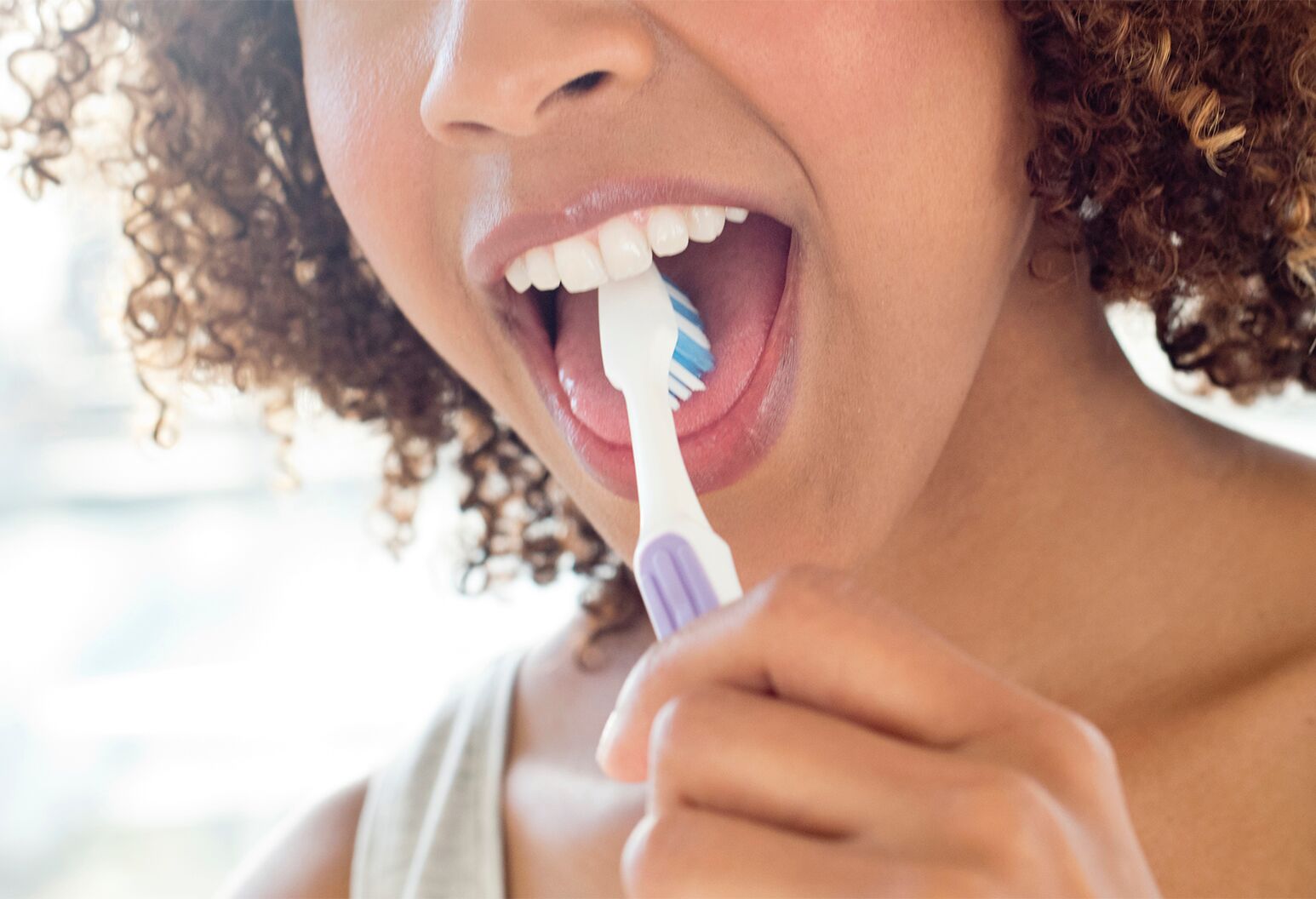

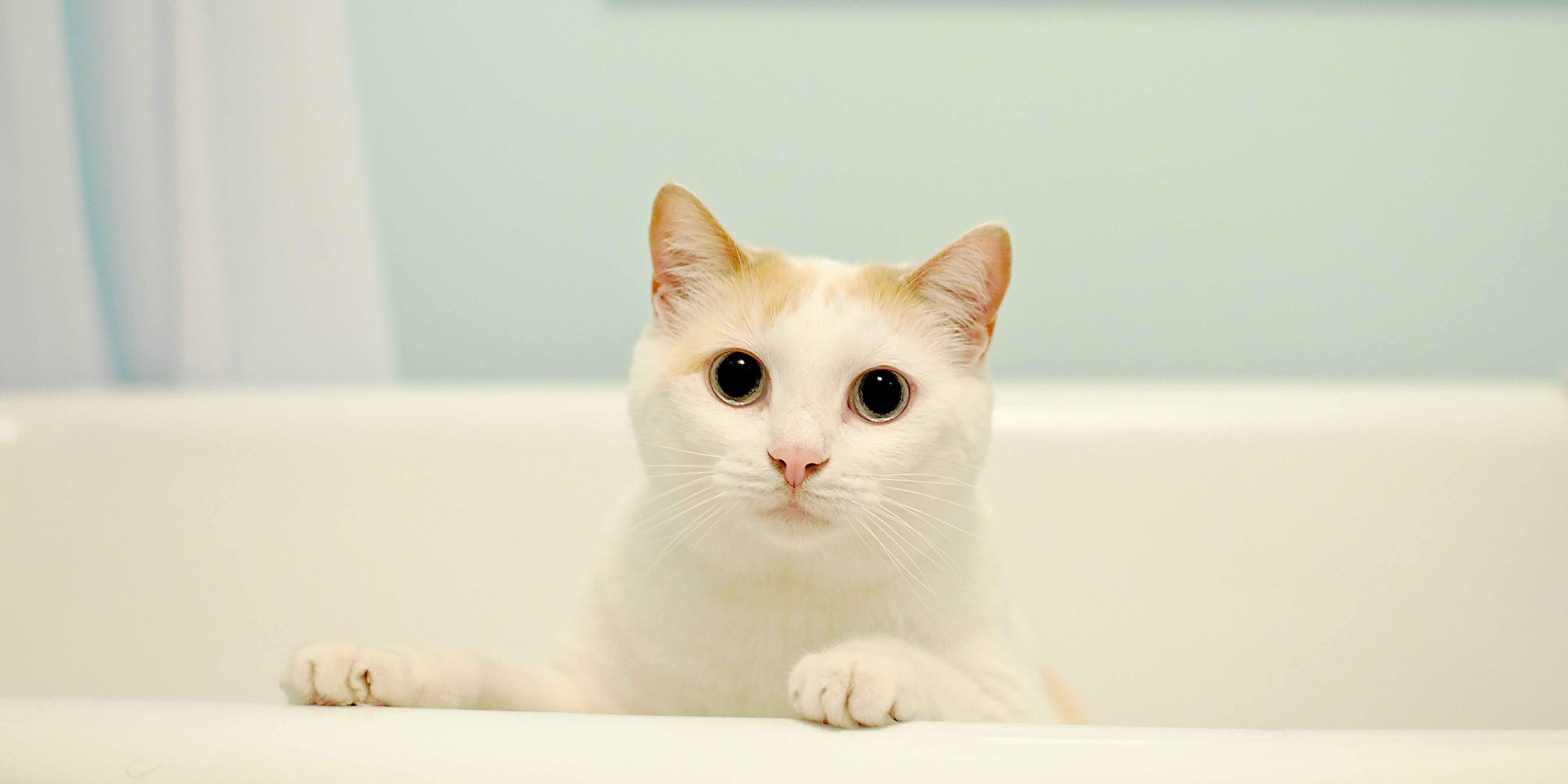
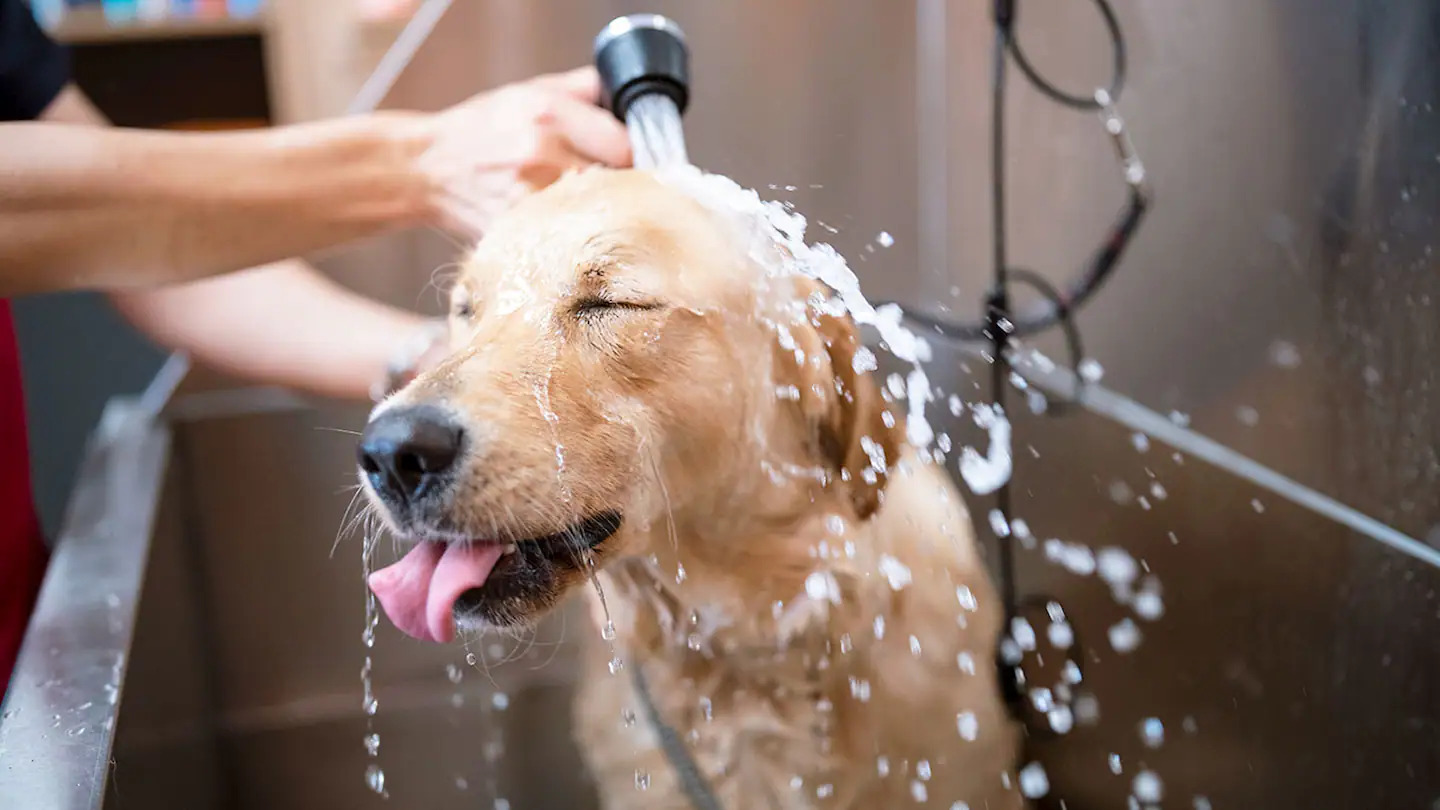
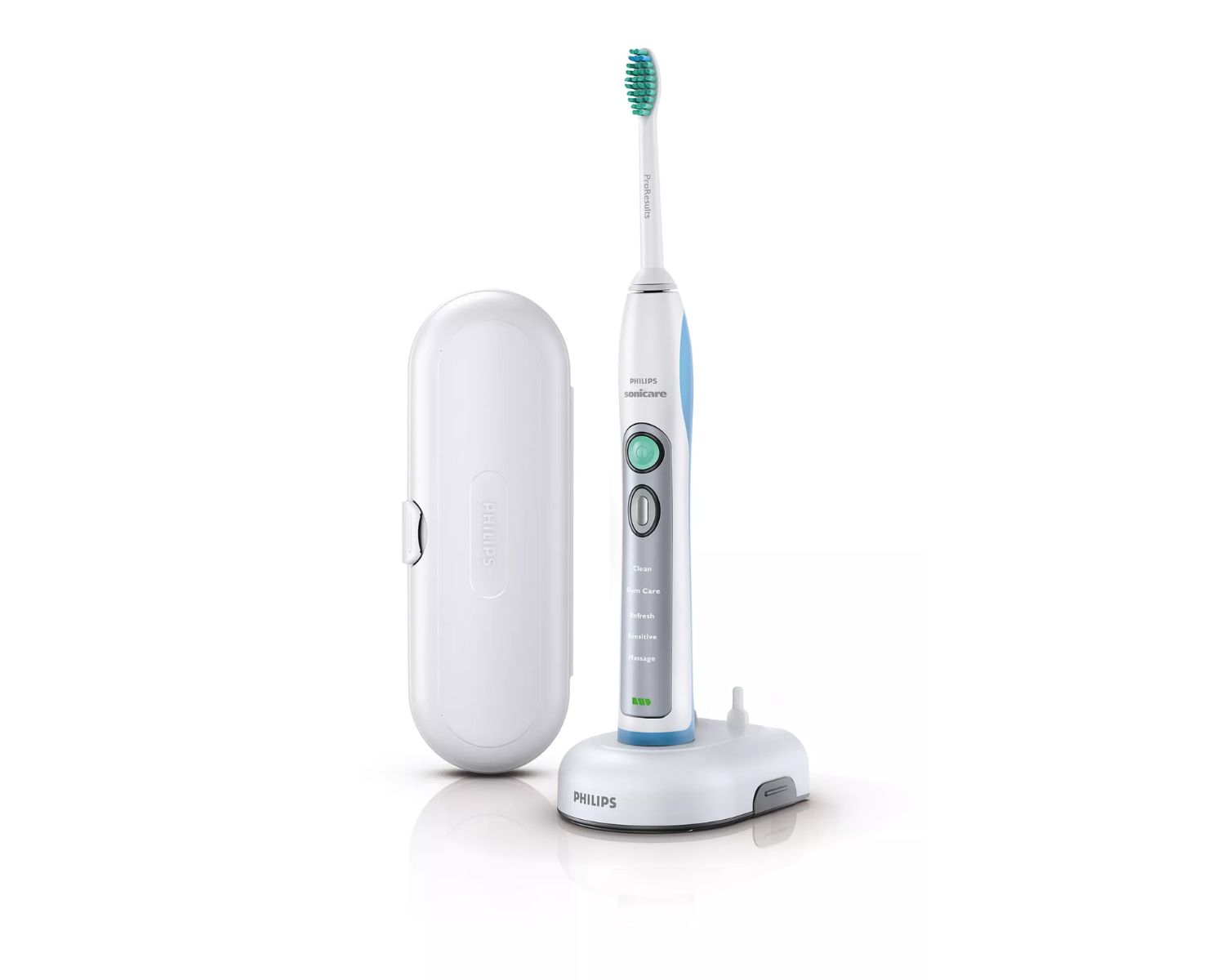
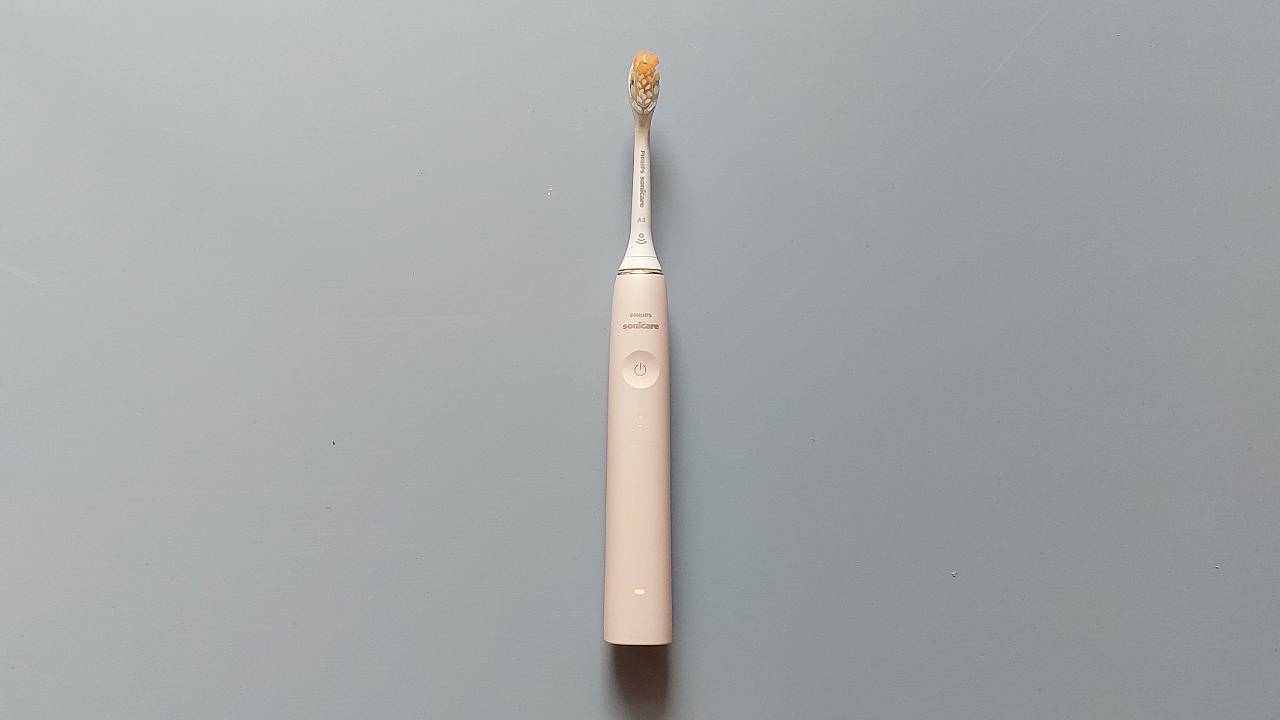
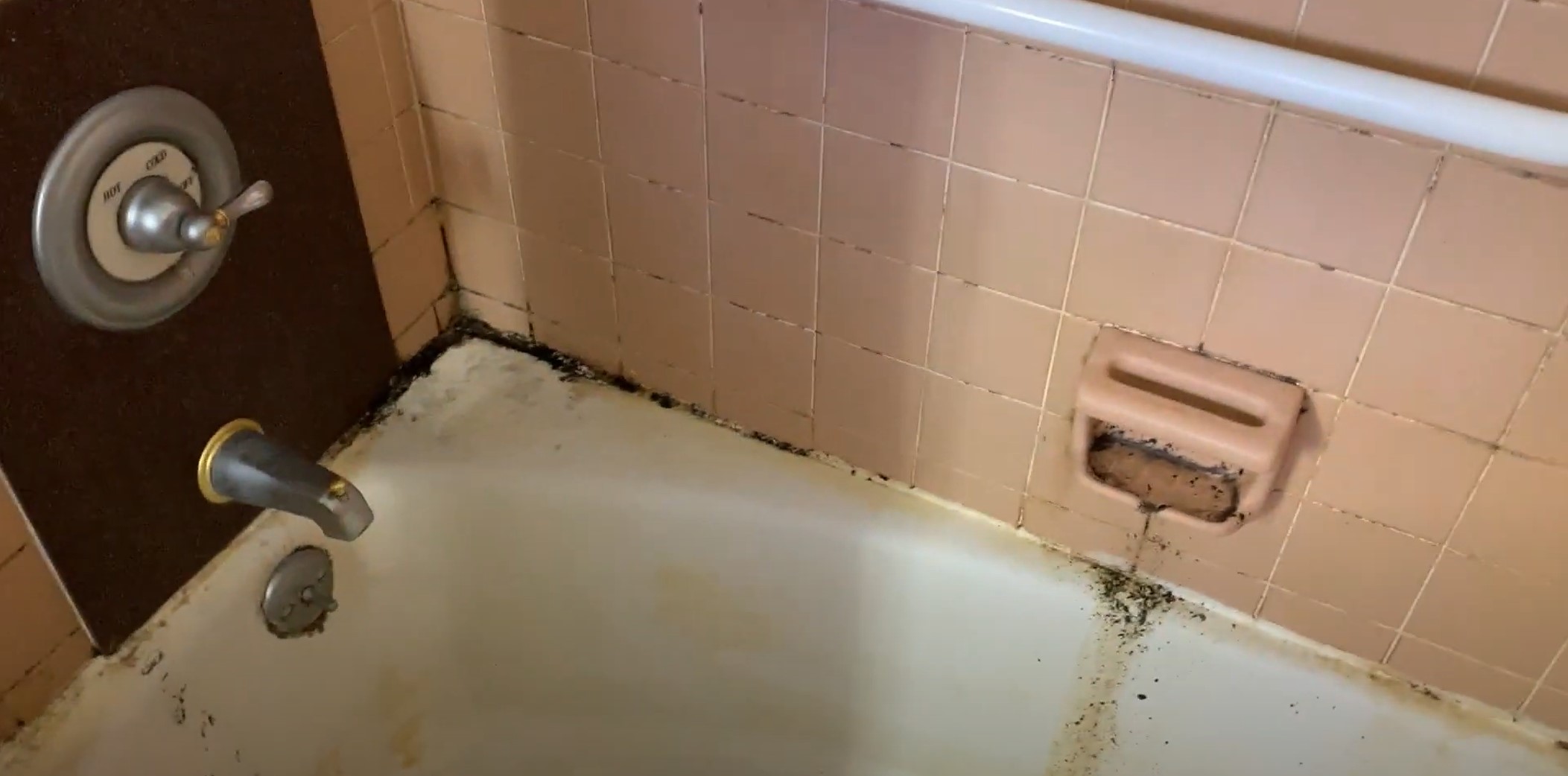
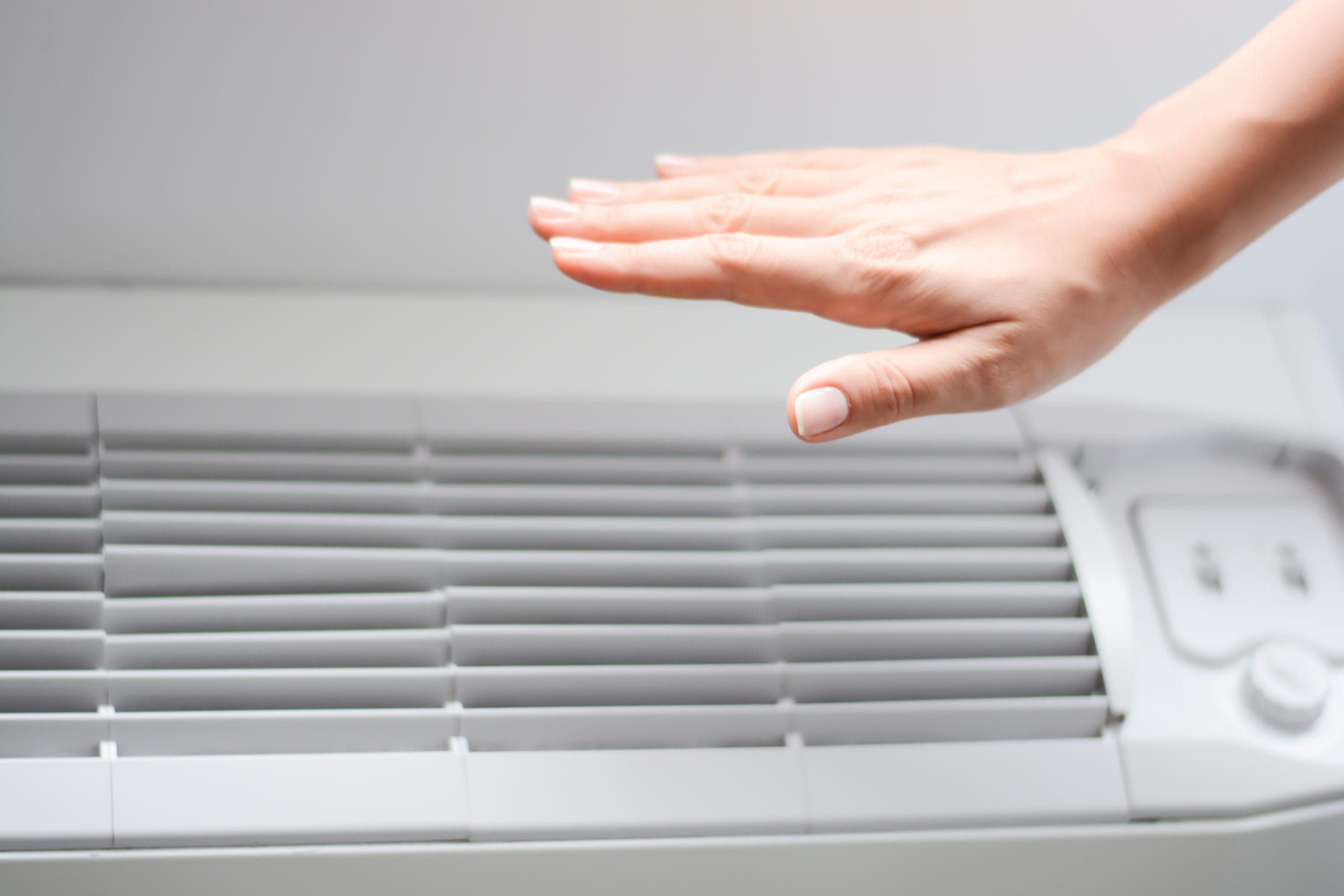
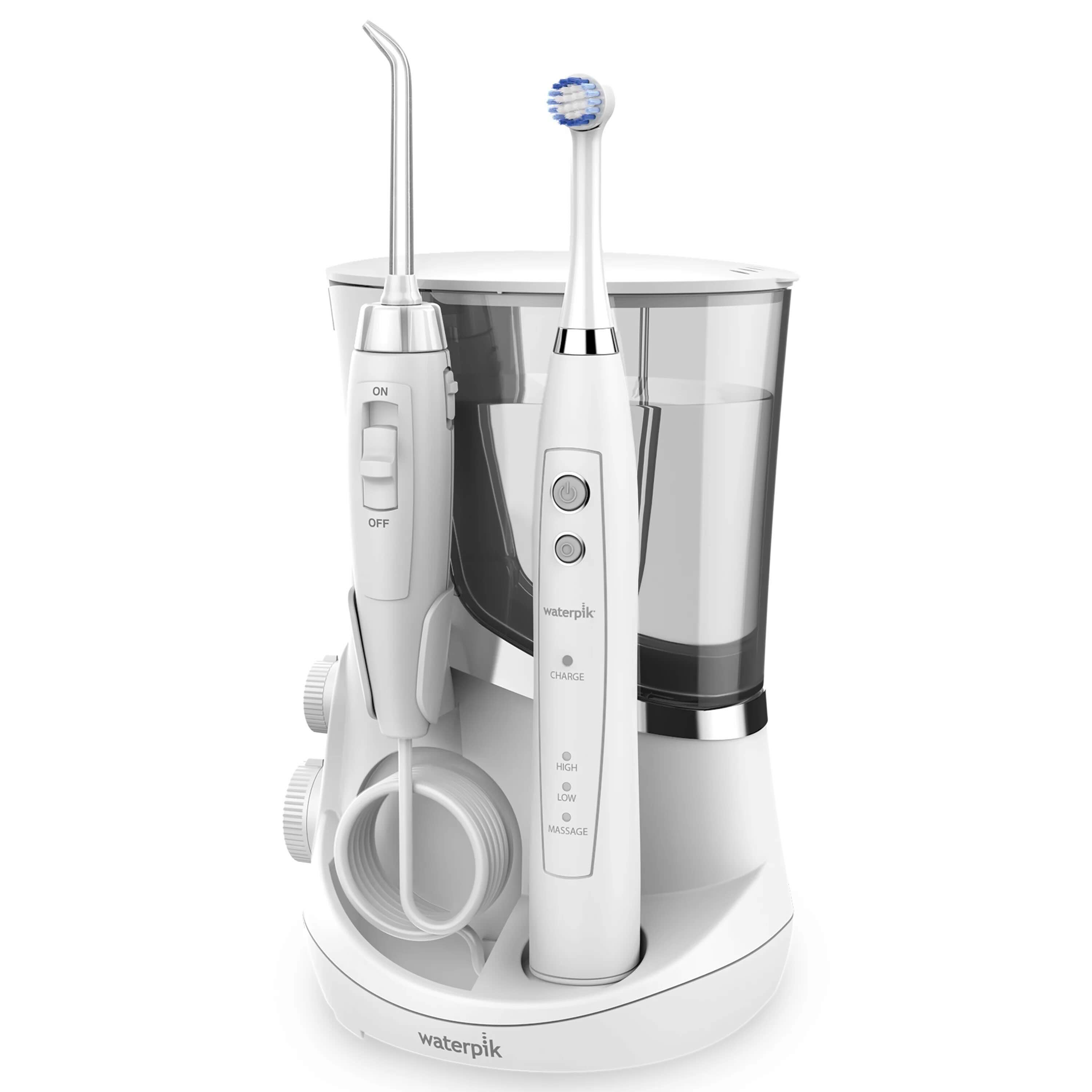

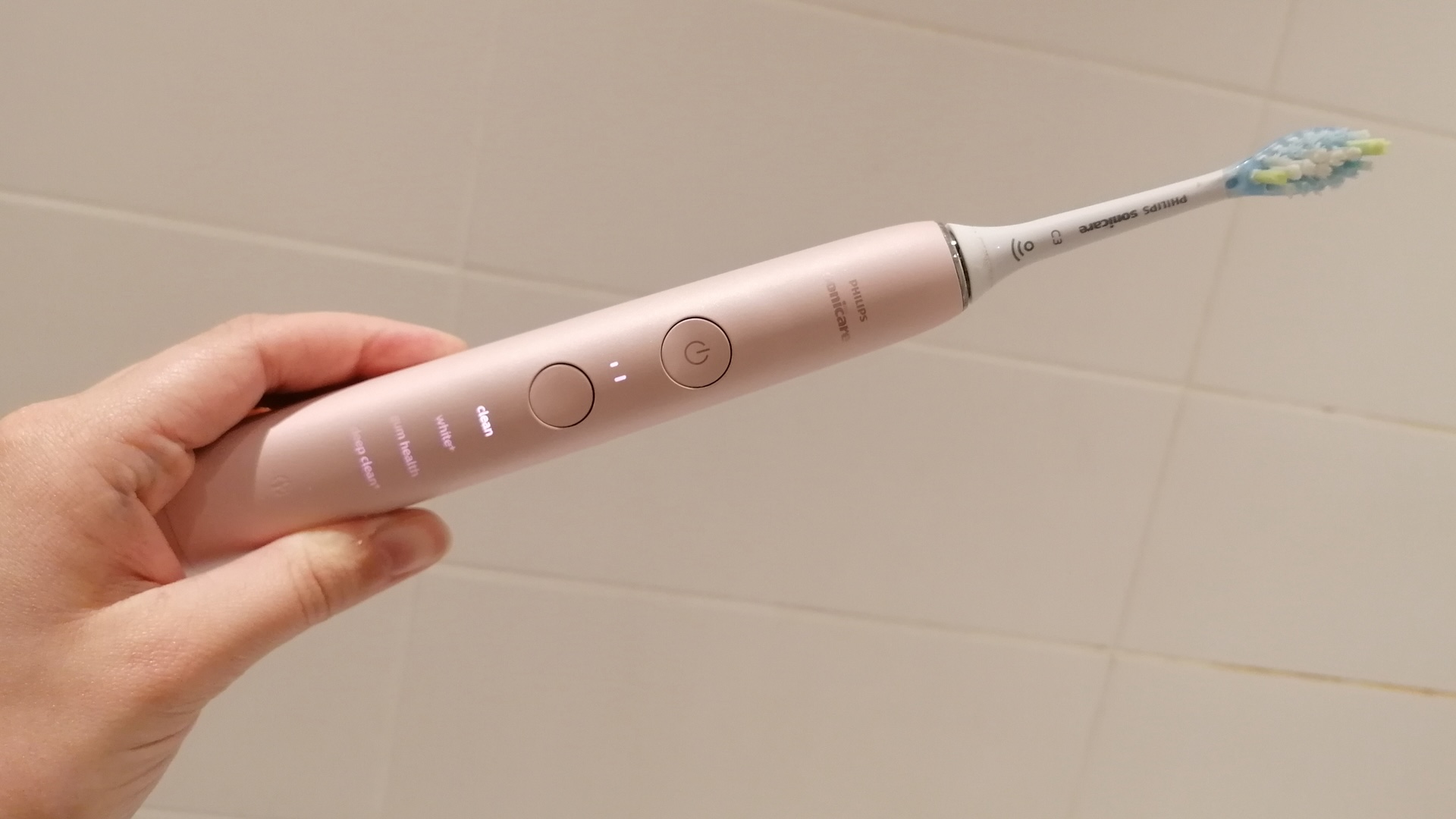
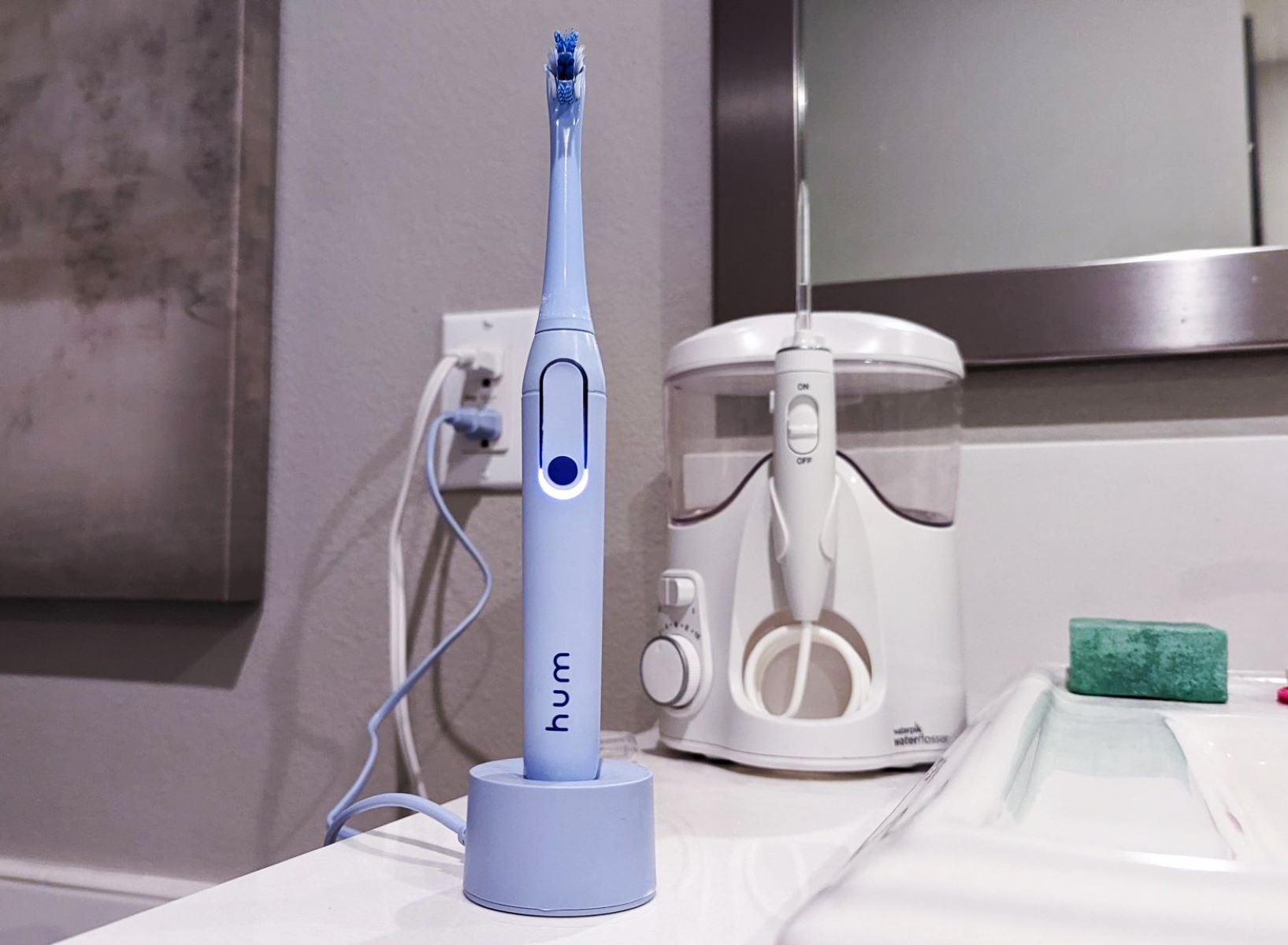

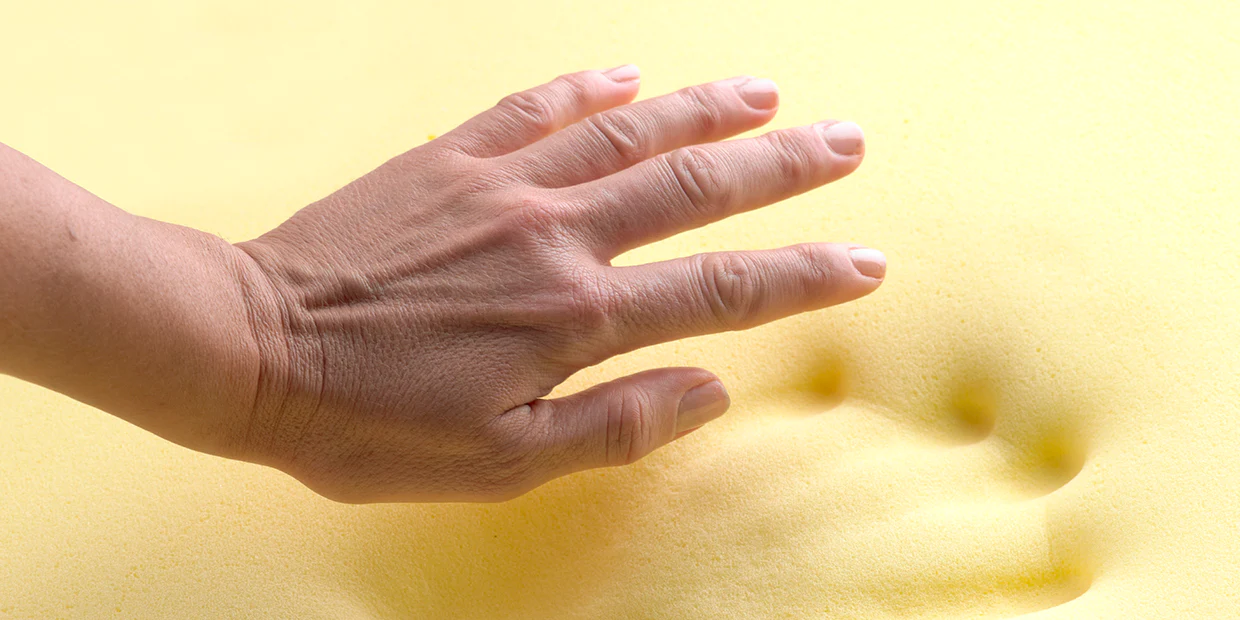
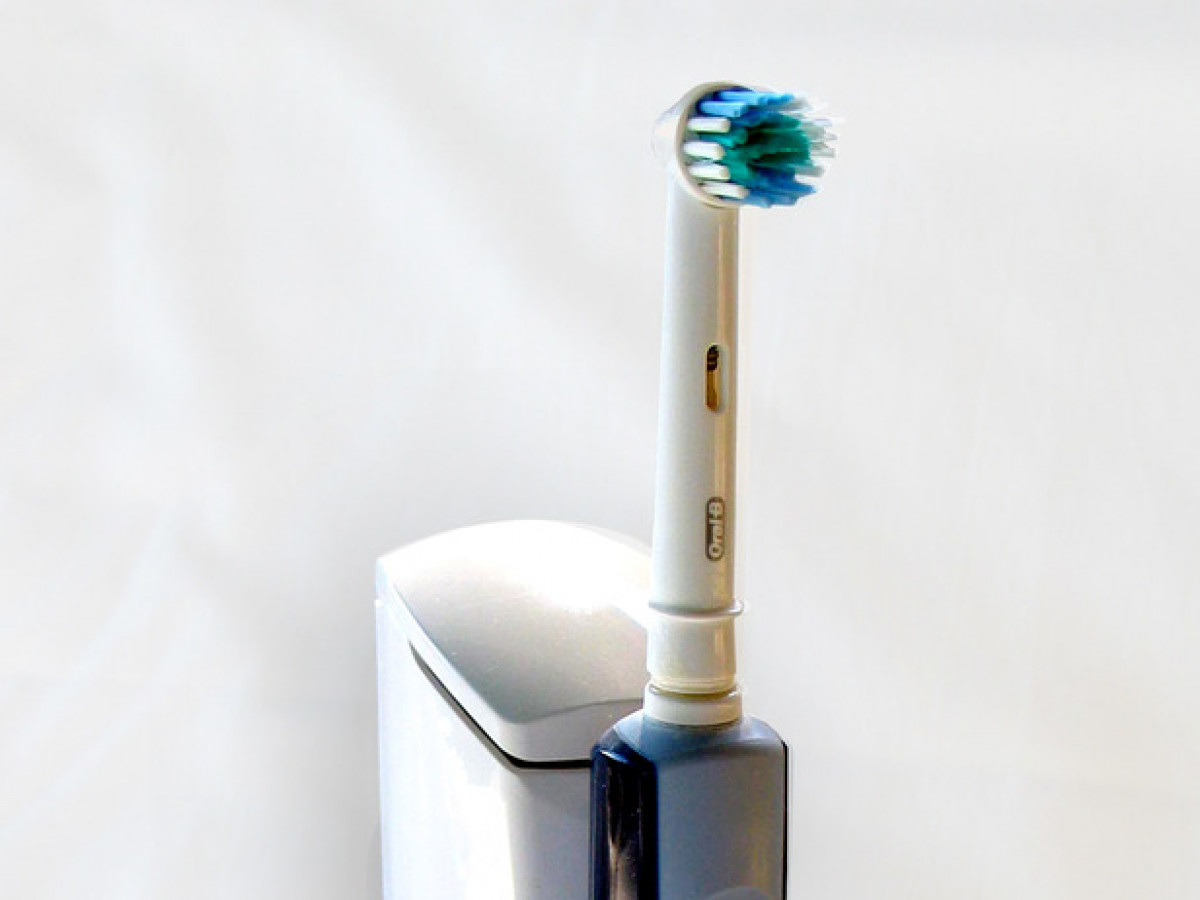

0 thoughts on “Why Does My Toothbrush Get Hard”